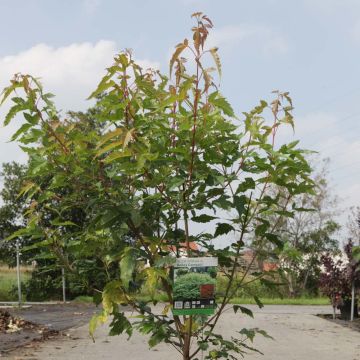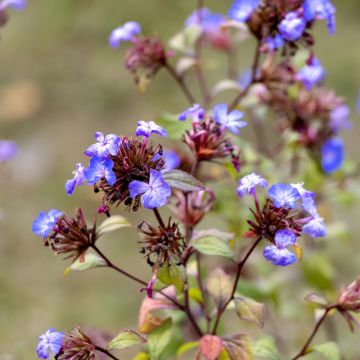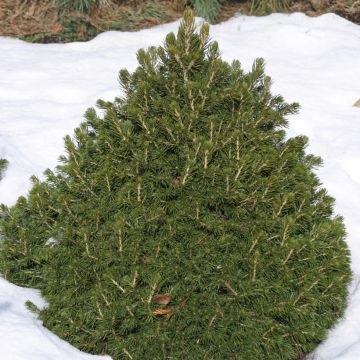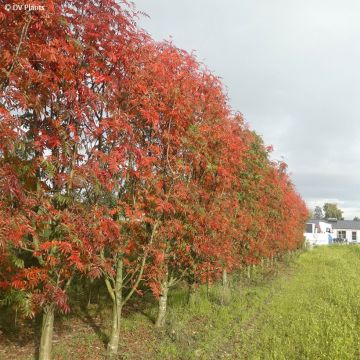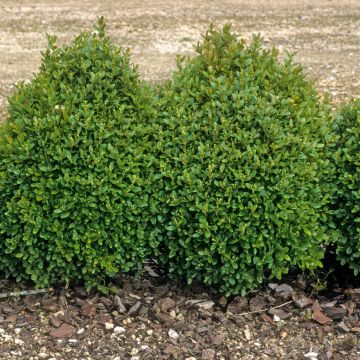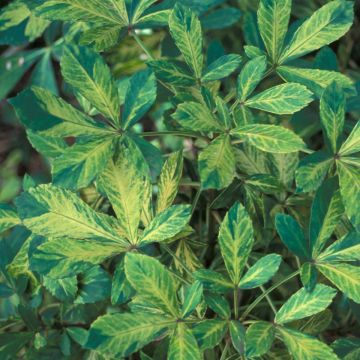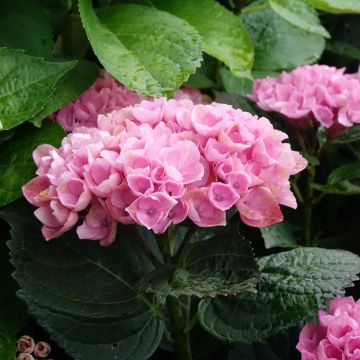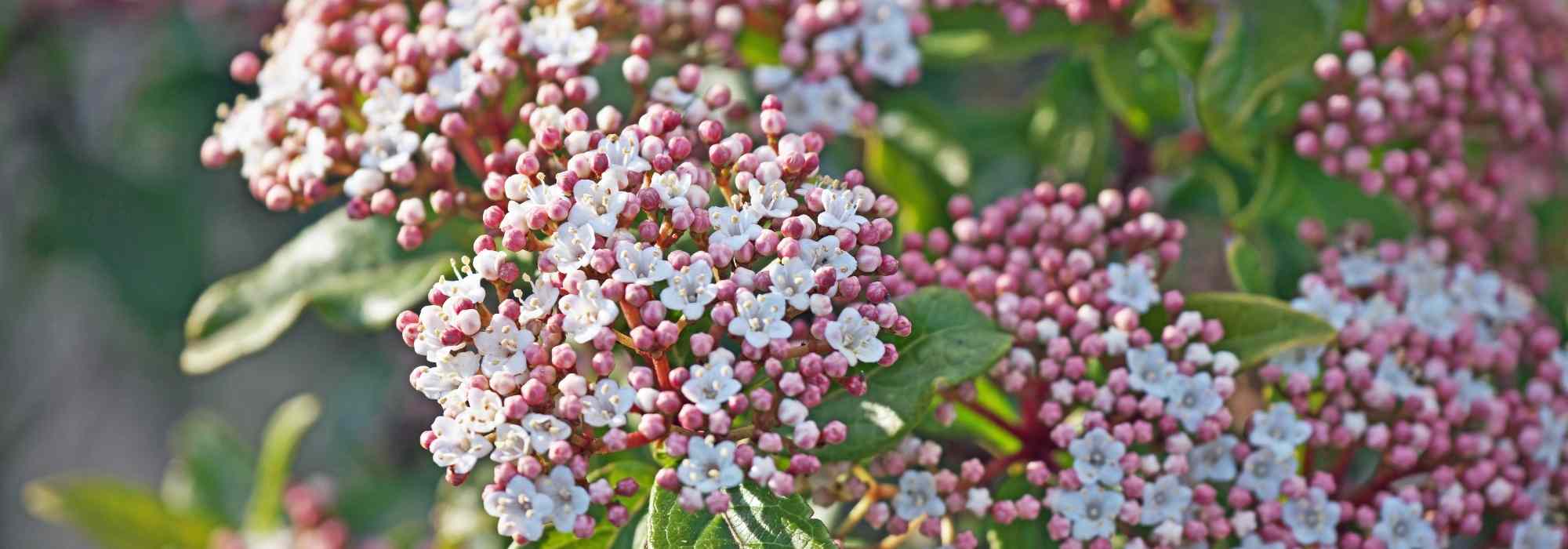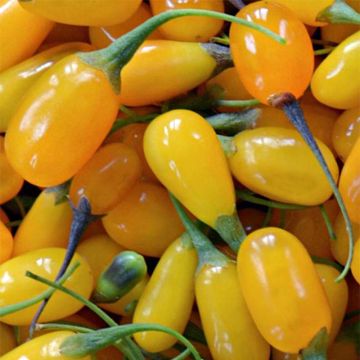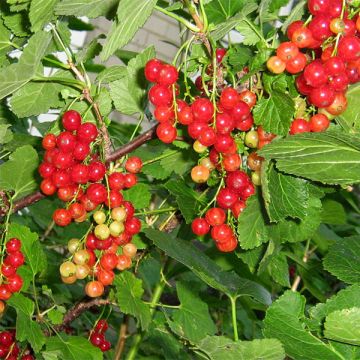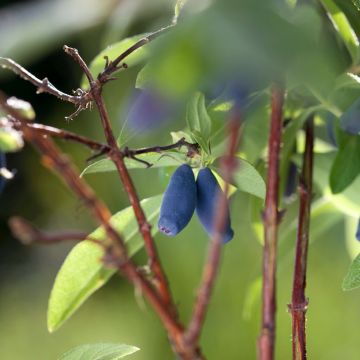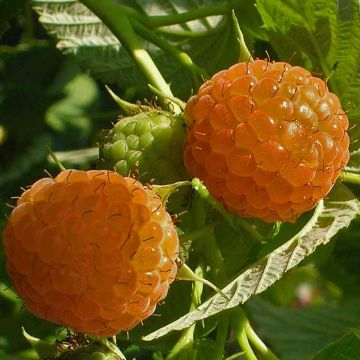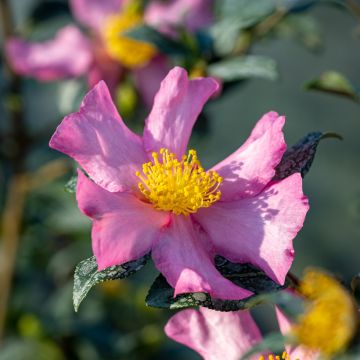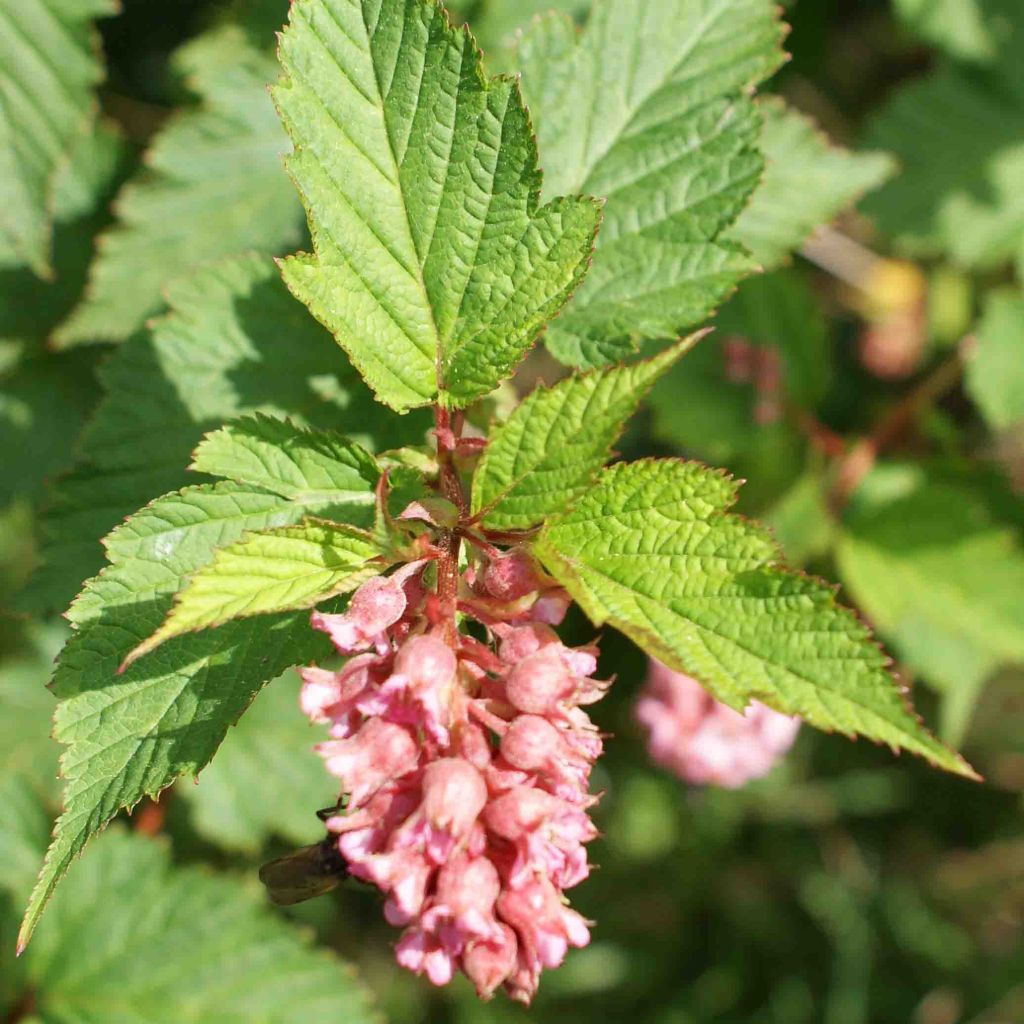

Neillia affinis
Neillia affinis
Neillia affinis
False Spirea
Impossible to regret this bush with aesthetic and generous foliage and a flowering in pink, very good recovery first flowering from planting this spring.
Annick, 23/05/2020
Special offer!
Receive a €20 voucher for any order over €90 (excluding delivery costs, credit notes, and plastic-free options)!
1- Add your favorite plants to your cart.
2- Once you have reached €90, confirm your order (you can even choose the delivery date!).
3- As soon as your order is shipped, you will receive an email containing your voucher code, valid for 3 months (90 days).
Your voucher is unique and can only be used once, for any order with a minimum value of €20, excluding delivery costs.
Can be combined with other current offers, non-divisible and non-refundable.
Home or relay delivery (depending on size and destination)
Schedule delivery date,
and select date in basket
This plant carries a 24 months recovery warranty
More information
We guarantee the quality of our plants for a full growing cycle, and will replace at our expense any plant that fails to recover under normal climatic and planting conditions.

Would this plant suit my garden?
Set up your Plantfit profile →
Description
Neillia affinis, also known as False Spirea, is a graceful bush with spring flowering in clusters of small pale-pink flowers. It develops lush green foliage with serrated edges in late spring, and forms a beautiful arching, open, almost weeping habit. Native to China and Tibet, where it grows on rocky riverbanks and in thickets at medium altitudes, it will find its place in all gardens and adapt to all climates.
Neillia affinis belongs to the Rosaceae family and is native to Western China and Tibet. The growth of this bush is moderate to fast and its mature size will not exceed 1.5m (5ft) in all directions. It forms a small deciduous bush with an arching and open habit. In May and June, clusters of small pale-pink flowers appear at the ends of the branches. They are followed by small fruits with a crown of stamens. The elegant foliage resembles that of raspberry and blackberry. The triangular and elongated leaves are serrated, in lush green marginated with purple, before turning orange and yellow in autumn. The bare, reddish-brown, zig-zagging branches remain decorative in winter.
Plant Neillia affinis in clay or loamy, humus-bearing, moist to dry, well-drained, fertile, neutral to acidic soil. It tolerates some limestone. Young plants may suffer from harsh winters if not covered by snow, but they regrow from the base in spring. This bush will thrive in partial shade or sun, but not in a scorching exposure. When happy, Neillia affinis spreads rapidly through rhizomes or by rooting of the stems in contact with the ground. Prune dead branches in spring.
Neillia affinis will find its place in a mixed hedge, shrub borders, or even as a standalone plant. You can mix it with old or English roses, which its grace and simplicity will lighten. In a rural scene, it can also accompany the double red bramble (Rubus spectabilis 'Olympic Double'), a cousin with similar requirements. Note that its resistance to drought once established and the hardiness of this bush allow it to be grown in many situations.
Report an error about the product description
Neillia affinis in pictures
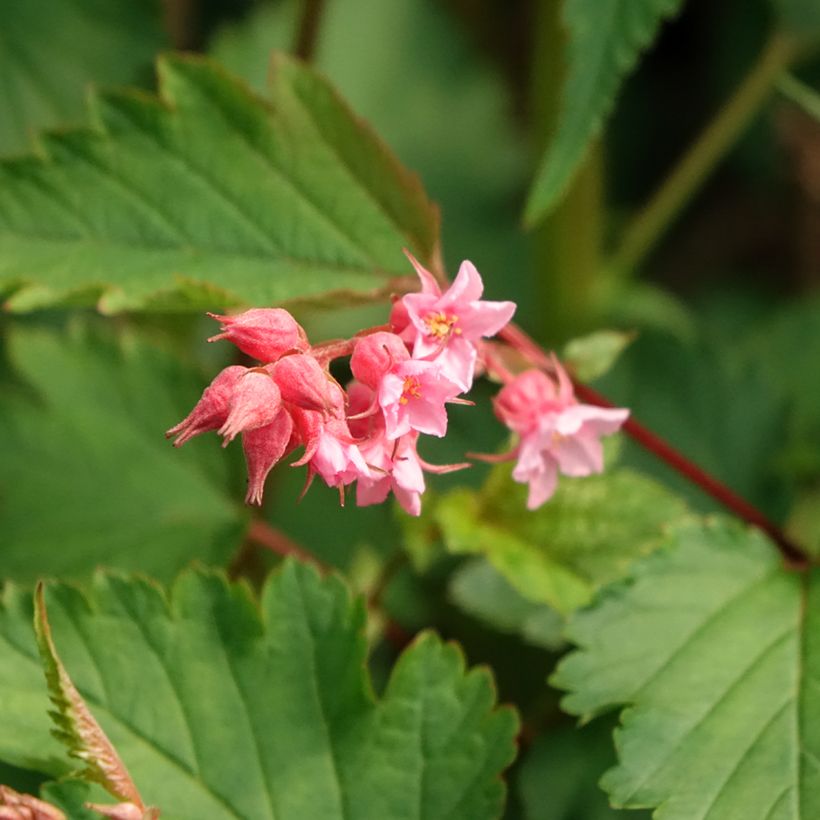

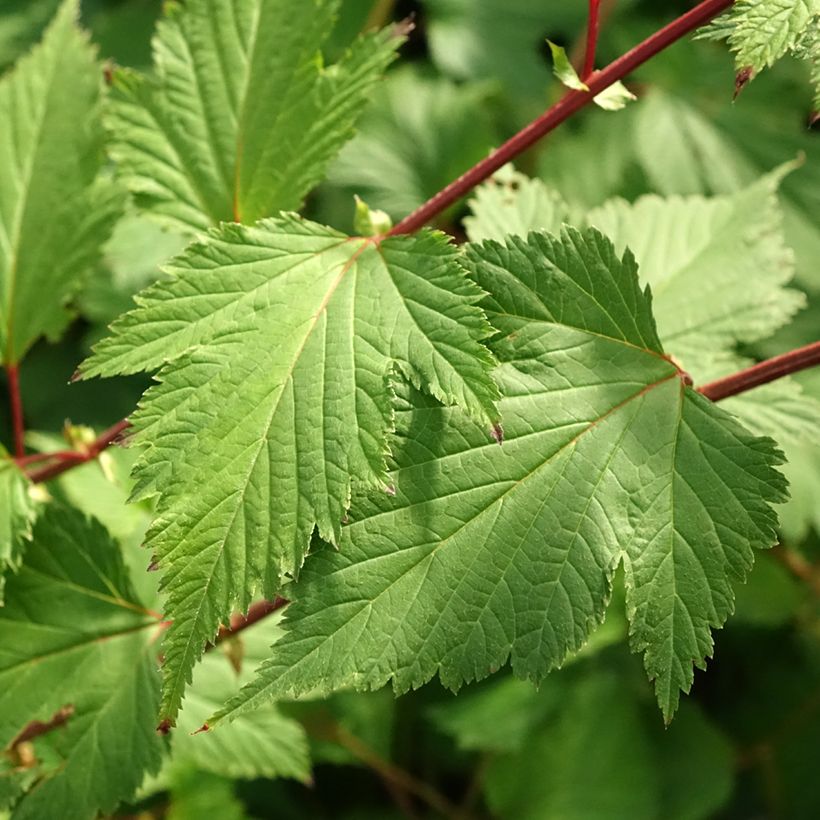

Plant habit
Flowering
Foliage
Botanical data
Neillia
affinis
Rosaceae
False Spirea
Cultivar or hybrid
Other Shrubs A to Z
View all →Planting and care
Plant in clay or loamy, humus-bearing, moist to dry, well-drained, fertile, neutral to acidic soil. It tolerates some limestone. The young plants may suffer from harsh winters if not covered by snow, but they will regrow from the base in spring. This bush will thrive in partial shade or in the sun, but in a non-scorching exposure. When it is happy, Neillia affinis spreads rapidly through rhizomes or by rooting of the branches in contact with the soil. Prune the dried branches in spring.
Planting period
Intended location
Care
Planting & care advice
-
, onOrder confirmed
Reply from on Promesse de fleurs
Similar products
Haven't found what you were looking for?
Hardiness is the lowest winter temperature a plant can endure without suffering serious damage or even dying. However, hardiness is affected by location (a sheltered area, such as a patio), protection (winter cover) and soil type (hardiness is improved by well-drained soil).

Photo Sharing Terms & Conditions
In order to encourage gardeners to interact and share their experiences, Promesse de fleurs offers various media enabling content to be uploaded onto its Site - in particular via the ‘Photo sharing’ module.
The User agrees to refrain from:
- Posting any content that is illegal, prejudicial, insulting, racist, inciteful to hatred, revisionist, contrary to public decency, that infringes on privacy or on the privacy rights of third parties, in particular the publicity rights of persons and goods, intellectual property rights, or the right to privacy.
- Submitting content on behalf of a third party;
- Impersonate the identity of a third party and/or publish any personal information about a third party;
In general, the User undertakes to refrain from any unethical behaviour.
All Content (in particular text, comments, files, images, photos, videos, creative works, etc.), which may be subject to property or intellectual property rights, image or other private rights, shall remain the property of the User, subject to the limited rights granted by the terms of the licence granted by Promesse de fleurs as stated below. Users are at liberty to publish or not to publish such Content on the Site, notably via the ‘Photo Sharing’ facility, and accept that this Content shall be made public and freely accessible, notably on the Internet.
Users further acknowledge, undertake to have ,and guarantee that they hold all necessary rights and permissions to publish such material on the Site, in particular with regard to the legislation in force pertaining to any privacy, property, intellectual property, image, or contractual rights, or rights of any other nature. By publishing such Content on the Site, Users acknowledge accepting full liability as publishers of the Content within the meaning of the law, and grant Promesse de fleurs, free of charge, an inclusive, worldwide licence for the said Content for the entire duration of its publication, including all reproduction, representation, up/downloading, displaying, performing, transmission, and storage rights.
Users also grant permission for their name to be linked to the Content and accept that this link may not always be made available.
By engaging in posting material, Users consent to their Content becoming automatically accessible on the Internet, in particular on other sites and/or blogs and/or web pages of the Promesse de fleurs site, including in particular social pages and the Promesse de fleurs catalogue.
Users may secure the removal of entrusted content free of charge by issuing a simple request via our contact form.
The flowering period indicated on our website applies to countries and regions located in USDA zone 8 (France, the United Kingdom, Ireland, the Netherlands, etc.)
It will vary according to where you live:
- In zones 9 to 10 (Italy, Spain, Greece, etc.), flowering will occur about 2 to 4 weeks earlier.
- In zones 6 to 7 (Germany, Poland, Slovenia, and lower mountainous regions), flowering will be delayed by 2 to 3 weeks.
- In zone 5 (Central Europe, Scandinavia), blooming will be delayed by 3 to 5 weeks.
In temperate climates, pruning of spring-flowering shrubs (forsythia, spireas, etc.) should be done just after flowering.
Pruning of summer-flowering shrubs (Indian Lilac, Perovskia, etc.) can be done in winter or spring.
In cold regions as well as with frost-sensitive plants, avoid pruning too early when severe frosts may still occur.
The planting period indicated on our website applies to countries and regions located in USDA zone 8 (France, United Kingdom, Ireland, Netherlands).
It will vary according to where you live:
- In Mediterranean zones (Marseille, Madrid, Milan, etc.), autumn and winter are the best planting periods.
- In continental zones (Strasbourg, Munich, Vienna, etc.), delay planting by 2 to 3 weeks in spring and bring it forward by 2 to 4 weeks in autumn.
- In mountainous regions (the Alps, Pyrenees, Carpathians, etc.), it is best to plant in late spring (May-June) or late summer (August-September).
The harvesting period indicated on our website applies to countries and regions in USDA zone 8 (France, England, Ireland, the Netherlands).
In colder areas (Scandinavia, Poland, Austria...) fruit and vegetable harvests are likely to be delayed by 3-4 weeks.
In warmer areas (Italy, Spain, Greece, etc.), harvesting will probably take place earlier, depending on weather conditions.
The sowing periods indicated on our website apply to countries and regions within USDA Zone 8 (France, UK, Ireland, Netherlands).
In colder areas (Scandinavia, Poland, Austria...), delay any outdoor sowing by 3-4 weeks, or sow under glass.
In warmer climes (Italy, Spain, Greece, etc.), bring outdoor sowing forward by a few weeks.






























